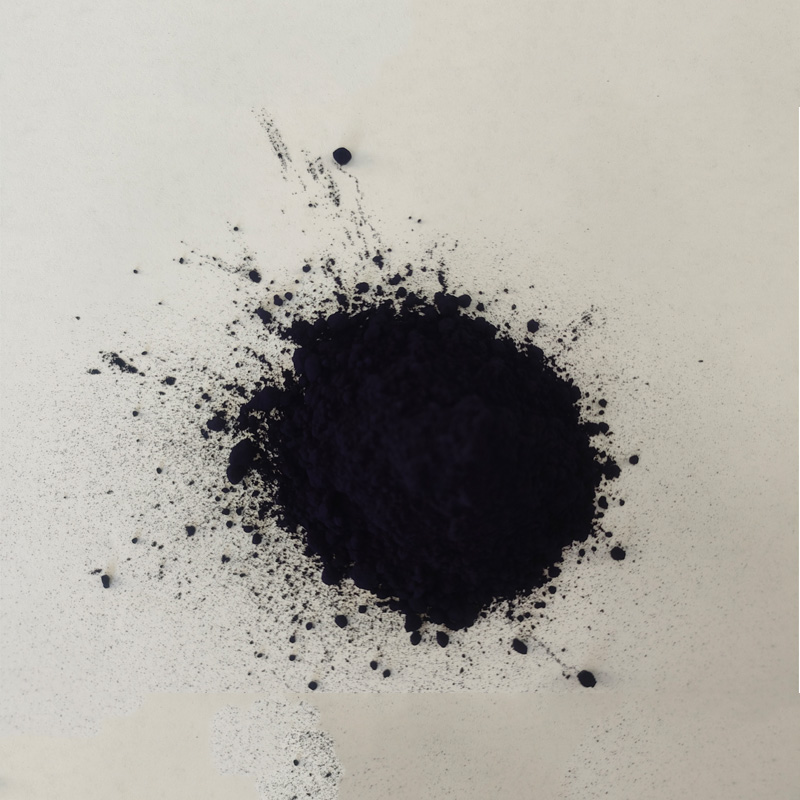Exploring the Global Market for Blue Natural Dye Exporters and Their Sustainable Practices
The Emergence of Blue Natural Dye Exporters Trends and Opportunities
In recent years, the global interest in sustainable and eco-friendly products has surged, prompting a revival in the use of natural dyes. Among these, blue natural dyes, derived from various plant sources, have garnered significant attention from consumers and manufacturers alike. This article explores the current trends in blue natural dye exporters, the sources of blue natural dyes, and the sustainable practices fueling this growing market.
The Growing Demand for Natural Dyes
The demand for natural dyes has escalated, driven by the increasing awareness of environmental issues and the adverse effects of synthetic dyes on health and ecosystems. Synthetic dyes, which have dominated the textile industry for decades, often contain toxic chemicals that can pollute water bodies and harm aquatic life. In contrast, natural dyes offer a safe, biodegradable alternative. Blue natural dyes, in particular, have become highly sought after for their vibrant hues and cultural significance.
Sources of Blue Natural Dyes
Blue natural dyes are derived from various plants, with some of the most common sources being indigo, woad, and certain lichen species. Indigo, one of the oldest dyes known to civilization, is extracted from the leaves of the Indigofera plant. This dye has been utilized in various cultures, from ancient Egypt to today's denim industry. Woad, another historical source of blue dye, is cultivated primarily in Europe and offers a unique blue hue that varies based on several factors, including soil composition and growing conditions.
In addition to plants, innovative methods of extracting blue pigments from other natural sources are emerging. For instance, research has shown that certain microorganisms can produce blue pigments, presenting an exciting opportunity for sustainable production. This exploration of new sources not only enhances the diversity of blue dyes available but also opens up avenues for eco-friendly practices in dye extraction.
The Role of Exporters in the Natural Dye Market
blue natural dye exporters

Blue natural dye exporters play a crucial role in bridging the gap between producers and consumers. These exporters source raw materials from local farmers and artisans, helping to sustain traditional dyeing practices while promoting economic development in rural areas. By collaborating with local communities, exporters ensure that the benefits of the natural dye trade are broadly shared, enhancing livelihoods while preserving cultural heritage.
Moreover, exporters are increasingly focusing on traceability and transparency in their supply chains. Consumers today are more informed and concerned about the origins of their products. As such, blue natural dye exporters are adopting practices that ensure their products are ethically sourced and environmentally sustainable. This commitment to ethical practices not only appeals to conscious consumers but also strengthens brand loyalty and market position.
Challenges and Opportunities
Despite the promising growth of the blue natural dye market, challenges persist. The cultivation of plants used for natural dyes often requires specific climatic conditions, which can be unpredictable due to climate change. Additionally, the traditional dyeing processes can be labor-intensive, impacting scalability.
However, these challenges also present opportunities for innovation. Advances in agricultural practices can improve the resilience and yield of dye plants. Furthermore, collaborations between researchers, designers, and exporters can lead to the development of more efficient and sustainable dyeing technologies.
Conclusion
The market for blue natural dyes and their exporters is witnessing a renaissance, fueled by a growing desire for sustainable and ethical products. As consumers increasingly choose natural options, the role of blue natural dye exporters becomes even more significant. By fostering sustainable practices and supporting local communities, these exporters not only contribute to the preservation of traditional crafts but also play a vital part in the global shift towards more responsible consumption. With the right focus on innovation and sustainability, the blue natural dye industry holds significant potential for growth and positive impact.
-
Sulphur Black Dyes in Daily Use
NewsMay.07,2025
-
Indigo Dyeing for Daily Life
NewsMay.07,2025
-
Indigo Dye Production and Its Growing Demand
NewsMay.07,2025
-
Color That Lasts
NewsMay.07,2025
-
Bromo Indigo for Modern Use
NewsMay.07,2025
-
Blue From Nature
NewsMay.07,2025
-
The Timeless Color in Fashion and Textiles
NewsApr.10,2025

Sulphur Black
1.Name: sulphur black; Sulfur Black; Sulphur Black 1;
2.Structure formula:
3.Molecule formula: C6H4N2O5
4.CAS No.: 1326-82-5
5.HS code: 32041911
6.Product specification:Appearance:black phosphorus flakes; black liquid

Bromo Indigo; Vat Bromo-Indigo; C.I.Vat Blue 5
1.Name: Bromo indigo; Vat bromo-indigo; C.I.Vat blue 5;
2.Structure formula:
3.Molecule formula: C16H6Br4N2O2
4.CAS No.: 2475-31-2
5.HS code: 3204151000 6.Major usage and instruction: Be mainly used to dye cotton fabrics.

Indigo Blue Vat Blue
1.Name: indigo blue,vat blue 1,
2.Structure formula:
3.Molecule formula: C16H10N2O2
4.. CAS No.: 482-89-3
5.Molecule weight: 262.62
6.HS code: 3204151000
7.Major usage and instruction: Be mainly used to dye cotton fabrics.

